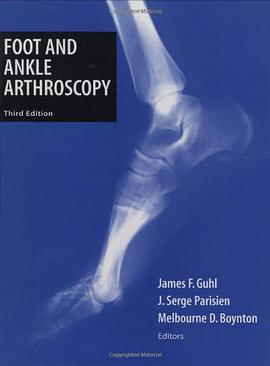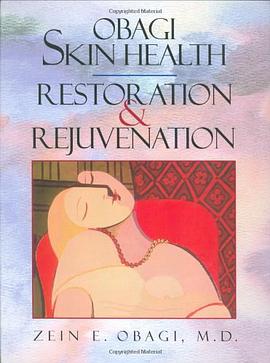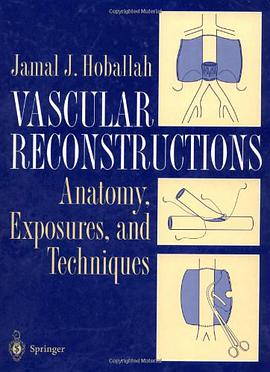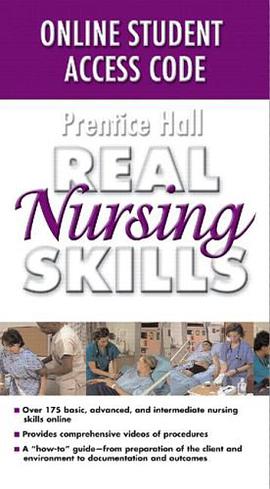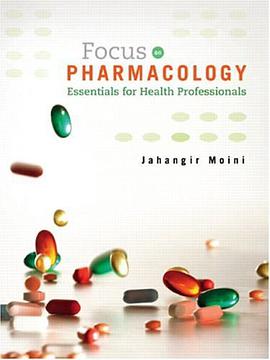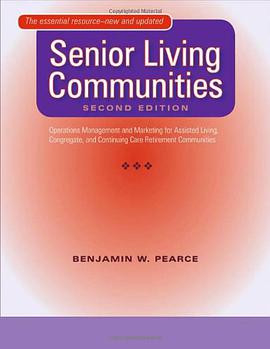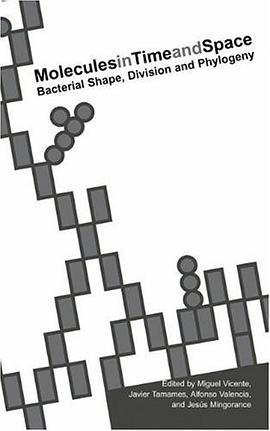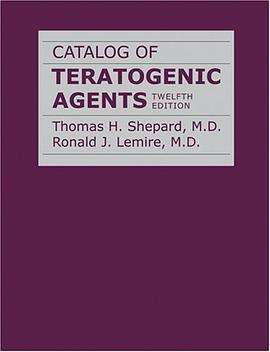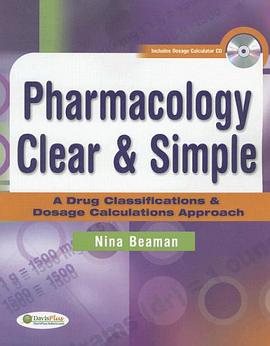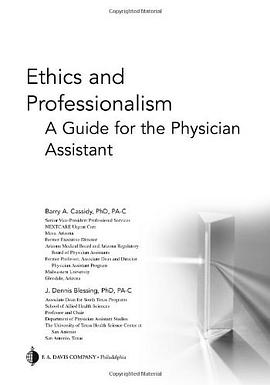1. The idea of the conceptual autonomy of morals -- a Kantian
tradition in ethics. A philosophic understanding of morality must be
based on a comprehensive study of the good in all its varieties 1
2. The idea of a sharp distinction between is and ought and between
fact and vatue -- a Humean tradition in ethics. Normative ethics and
meta-ethics. Doubts as to whether the two can be sharply
distinguished 2
3. Our inquiry is conceptual. Remarks on the nature of conceptual
investigations. Moral words in search of a meaning. The moral
philosopher as a moulder of concepts. The importance of ethics to
our orientation in the world as moral agents 4
4. Division of ethically relevant concepts into three main groups, viz.
value-concepts, normative concepts, and anthropological
(psychological) concepts. Concepts between the groups. The
narrow and the broad approach to ethics. The broad approach and
the idea of a Philosophical Anthropology. The broad approach and
a General Theory of Norms and Values 6
5. The Varieties of Goodness. Illustration of the multiplicity of uses of
the word 'good' by means of examples. Distinction of some
principal forms of goodness 8
6. The forms of goodness are not species of a generic good. Note on
the concept of form 12
7. The multiform nature of goodness is not due to an ambiguity of the
word or a vagueness of the concept. The variety of forms of the 13
good not a variety of analogical meanings. Is goodness a familyconcept?
The meaningpattern of 'good' as a problem for
philosophical semantics
8. Affinities between the forms of goodness. So-called moral
goodness not an independent form of the good 17
1. Preliminary explanation of instrumental and technical goodness.
The instrumentally or technically good thing is often, but not
necessarily, good of its kind 19
2. Instrumental goodness is primarily goodness for a purpose.
Instrumental goodness of its kind presupposes an essential
connexion between kind and purpose. Functional and
morphological characteristics of kinds. The question of unity of the
kind 20
3. In the realm of instrumental goodness the opposite of 'good' is
'poor'. Difference between 'poor' and 'bad'. There is no instrumental
badness 22
4. 'Good' and 'poor' connote contradictories rather than contraries.
Poorness a privation 23
5. Judgments of instrumental goodness or betterness are objectively
true or false. The subjective setting of any such judgment. The
notion of a good-making property. Vagueness and instrumental
goodness 24
6. Sentences expressing judgments of instrumental goodness have a
descriptive content or sense. Why they should not be called
'descriptive sentences'. Distinction between the sense of a sentence
and its use 30
7. Instrumental goodness and commending. Why does goodness
appeal? 30
8. Instrumental goodness and preferential choice. Distinction between
the real and the apparent good. A man necessarily prefers, with a
view to a given purpose, the thing which he judges better for that
purpose 31
9. Technical goodness is primarily goodness at something. Technical
goodness of its kind presupposes an essential connexion between
kind and activity. Technical goodness is acquired and not innate 32
10. In the realm of technical goodness the opposite of 'good' is called
'poor' or 'bad'. The opposition is between contradictories rather than
contraries. Technical badness is a privative notion 34
11. Tests of technical goodness. Competition and achievement tests.
Tests by symptoms and by criteria. The technical goodness of
professionals is secondary to instrumental goodness. Note on the
creative arts. Goodness and greatness 35
12. Technical goodness, commending, and praising. Technical
goodness and keenness on activity. A man necessarily wants to
practise an art on which he is keen as well as possible 39
1.
-viii
a sub-category of the useful. The beneficial presupposes the notion
of the good of a being 41
3. Relations between instrumental and utilitarian goodness.
Instrumental goodness as a degree of usefulness 43
4. The opposites of the useful and the beneficial. The broad and the
narrow sense of 'harmful'. Two senses of 'evil' 45
5. Remarks on the logic of causal efficacy in the sphere of utilitarian
goodness. The meanings of 'favourable' and 'adverse' 47
6. Are judgments of utilitarian goodness objective? The axiological
and the causal components of judgments of the beneficial and the
harmful 48
7. Which kind of being has a good? Good and life 50
8. Medical goodness -- the goodness of organs and faculties. Relations
to instrumental and technical goodness. Essential functions of a
being. The concept of normalcy 51
9. The tripartite division well-weak-ill and the bipartite division goodbad.
Illness as basic notion. Weakness as potential illness. 'Good'
means 'all right'. Note on aitia 54
10. Pain and frustration logically constitutive of badness of organs.
Badness and sub-normal performance 56
11. Goodness of faculties. The social aspect of mental illness 58
12. 11. Are judgments of medical goodness objective? 60
13. 12. Health, illness, and the good of a being. The ethical significance
of medical analogies (Plato) 61
1. Pleasure insufficiently discussed in literature. Distinction between
passive and active pleasure and the pleasure of satisfaction 63
2. Passive pleasure. The good-tasting apple as example. Primary and
secondary hedonic judgments 65
3. Criticism of the view that pleasantness is a sensible quality 67
4. Pleasure and its contraries. The concept of pain 69
5. Analysis of secondary hedonic judgments. An analogy to the
emotive theory in ethics. Distinction between third and first person
hedonic judgments. The first person judgments express valuations
and lack truth-value. The third person judgments are about
valuations. They are true or false -- but no value-judgments 71
6. The logical form of primary hedonic judgments. How is mention of
a valuating subject to be worked into the overt formulation of the
value-judgment? The liking-relation 75
7. Active pleasure. Liking to do and wanting to do 77
8. Discussion of Psychological Hedonism. The doctrine misinterprets
the necessary connexion between pleasure and satisfaction of desire
as being a necessary connexion between desire and pleasure as its
object 79
9. Can a man desire the unpleasant? 84
10. Remarks on Ethical Hedonism. Pleasure is not the sole good, but all 84
forms of the good may have an intrinsic relationship to pleasure
1. Welfare the good of man. Distinction between welfare and
happiness. Happiness the consummation of welfare 86
2. Happiness, welfare, and ends of action. Discussion of the position
of Aristotle. Refutation of Psychological Eudaimonism. A man can
pursue his own happiness as ultimate end, and the happiness of
others as an intermediate or an ultimate end of his action. Welfare
only 'obliquely' an end of action. Welfare as ultimate end and
beings as 'ends in themselves' 88
3. Ideals of happiness. Happiness and passive pleasure. Criticism of
Epicurean ideals. Happiness and contentedness. Criticism of ascetic
ideals. Happiness and active pleasure 92
4. The conditions of happiness. Happiness as conditioned by luck,
internal disposition, and action 94
5. The mutability and permanence of happiness. The analogical pairs:
pleasant-unpleasant, glad-sad, happy-unhappy 96
6. Analogy between eudaimonic and hedonic judgments. To be happy
is to like one's circumstances of life 97
7. First person judgments of happiness express valuations, third
person judgments are true of false statements about the way men
value their circumstances of life. Insincere first person judgments.
Ultimately the subject is judge in his own case 99
8. The causal component involved in judgments of welfare.
Consequences and causal prerequisites of changes, which affect the
good of man 101
9. Things wanted and unwanted in themselves -- an analogue to the
concept of intrinsic value 103
10. Ends of action and things wanted in themselves both fall under the
category 'goods'. How they are mutually related 104
11. A good and its price. The constituents of a man's good determined.
Things beneficial and harmful defined as the nuclei of the positive
and negative constituents of a man's good. The concept of need 105
12. Distinction between the apparent and the real good of a man.
Judgments of welfare depend upon knowledge of causal
connexions. The limitations of man's capacity of judging correctly
in matters relating to his welfare 108
13. The problem of the 'objectivity' of judgments concerning that which
is good or bad for a man 110
1. The notion of regret. Repeatable and non-repeatable choices, which
are relevant to the good of man. The choice of a life. Note on
akrasia 112
1. Technical goodness and 'good' as an attribute of actindividuals 114
2. Instrumental goodness and acts. The notion of a 'way of doing'
something. The conncxion between way of doing and thing done is
intrinsic 115
3. Utilitarian goodness and acts. The connexion between an act as
means and an achievement as end is extrinsic 115
4. The beneficial and the harmful as attributes of acts. The notion of
doing good (bad, evil, harm) to some being 117
5. The moral goodness and badness of acts is not an independent form
of the good, but has to be accounted for in terms of the beneficial
and the harmful. A sense in which moral goodness (badness) is
'absolute' and 'objective' -the beneficial (harmful) again is 'relative'
and 'subjective' 119
6. On the possibility of judging of the overall beneficial or harmful
nature of an act from the point of view of the good (welfare) of a
community of men 120
7. Criticism of a suggested definition of moral goodness and badness
in terms of the beneficial and harmful nature of action. The moral
quality of an act essentially depends upon the agent's intention in
acting and his foreseeing of good and harm to others 121
8. Intention. The relation between the intention in acting and the
foreseeing of consequences. Foreseen consequences of action are
not necessarily intended results of action. Distinction between the
intentional and the not unintentional 123
9. 'Good' as an attribute of intentions. 'Good intention' and 'intention
to do good'. The notion of the intended good (bad). Distinction
between the factual and the axiological object of intention. The
utilitarian value of good intcntions for the promotion of good 125
10. A suggested definition of morally good and bad intention in acting
and of morally good and bad acts 128
11. The concept of unavoidable bad. Discussion of the conditions,
under which an act, from which some bad is foreseen to follow, is
not a morally bad act 130
12. The good man. Instrumental, technical, and utilitarian goodness of
men. Benevolence and malevolence as attributes of character. The
good man and the virtuous man 133
1. Virtue -- a neglected topic in modern ethics 136
2. Note on the words arete,virtus, and 'virtue'. The logical
inhomogeneity of the concept. Distinction between the concept of
virtue and the concept of a virtue. Here we are interested only in the
second 137
3. A virtue is neither an innate nor an acquired skill in any particular
activity. Comparison between a virtue and a technical excellence or
the goodness of a faculty 139
4. Acts in accordance with a virtue do not form an actcategory. The
genus of a virtue is neither that of disposition nor that of habit 141
5. The genus of virtues is state of character. Comment on Aristotle's
division into moral and intellectual virtues. Note on the concept of
character 143
6. Virtue is concerned with the choice of a right course of action in a
particular situation, when the good of some being is at stake 145
7. Virtuous choice the outcome of a contest between 'reason' and
'passion'. The virtuous man has learnt to conquer the obscuring 146
effects of passion upon his practical judgment. Right choice in
accordance with virtue is not necessarily the choice of a so-called
virtuous act
8. The problem of the unity of the virtues. The various virtues as so
many forms of self-control. Note on sophrosyne 148
· · · · · · (
收起)



 Foot and Ankle Arthroscopy 2025 pdf epub mobi 电子书
Foot and Ankle Arthroscopy 2025 pdf epub mobi 电子书 Obagi Skin Health Restoration and Rejuvenation 2025 pdf epub mobi 电子书
Obagi Skin Health Restoration and Rejuvenation 2025 pdf epub mobi 电子书 Performance Improvement through Information Management 2025 pdf epub mobi 电子书
Performance Improvement through Information Management 2025 pdf epub mobi 电子书 Vascular Reconstruction 2025 pdf epub mobi 电子书
Vascular Reconstruction 2025 pdf epub mobi 电子书 Human Body Dynamics 2025 pdf epub mobi 电子书
Human Body Dynamics 2025 pdf epub mobi 电子书 Prentice Hall Real Nursing Skills 2025 pdf epub mobi 电子书
Prentice Hall Real Nursing Skills 2025 pdf epub mobi 电子书 Language Development 2025 pdf epub mobi 电子书
Language Development 2025 pdf epub mobi 电子书 Focus on Pharmacology 2025 pdf epub mobi 电子书
Focus on Pharmacology 2025 pdf epub mobi 电子书 Molecular Diagnostics 2025 pdf epub mobi 电子书
Molecular Diagnostics 2025 pdf epub mobi 电子书 Higher Returns from Safe Investments 2025 pdf epub mobi 电子书
Higher Returns from Safe Investments 2025 pdf epub mobi 电子书 The Second Sex 2025 pdf epub mobi 电子书
The Second Sex 2025 pdf epub mobi 电子书 Senior Living Communities 2025 pdf epub mobi 电子书
Senior Living Communities 2025 pdf epub mobi 电子书 Dropsy, Dialysis, Transplant 2025 pdf epub mobi 电子书
Dropsy, Dialysis, Transplant 2025 pdf epub mobi 电子书 Molecules in Time and Space 2025 pdf epub mobi 电子书
Molecules in Time and Space 2025 pdf epub mobi 电子书 Catalog of Teratogenic Agents 2025 pdf epub mobi 电子书
Catalog of Teratogenic Agents 2025 pdf epub mobi 电子书 Pharmacology Clear and Simple 2025 pdf epub mobi 电子书
Pharmacology Clear and Simple 2025 pdf epub mobi 电子书 Transnational Families 2025 pdf epub mobi 电子书
Transnational Families 2025 pdf epub mobi 电子书 Ethics and Professionalism 2025 pdf epub mobi 电子书
Ethics and Professionalism 2025 pdf epub mobi 电子书 Levin and O'Neal's The Diabetic Foot with CD-ROM 2025 pdf epub mobi 电子书
Levin and O'Neal's The Diabetic Foot with CD-ROM 2025 pdf epub mobi 电子书 Oncology Nursing 2025 pdf epub mobi 电子书
Oncology Nursing 2025 pdf epub mobi 电子书

